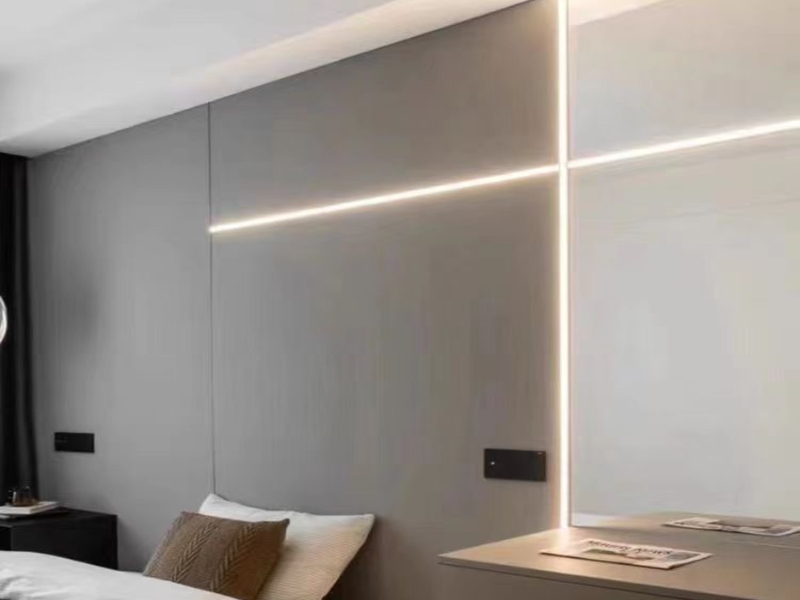LED channel lighting systems have become one of the hottest new trends in home design. This beginner’s guide will walk you through the basics of home LED channel lighting, including what it’s made of, tips for installing, and inspiration for use in different rooms. With just a few easy steps, you can easily install and utilize this stylish and versatile lighting in your own home.
What is LED Channel Lighting?
LED channel lighting consists of LED light strips or modules installed into aluminum or plastic tracks called channels. The channels act as housings to protect the lighting and wires, and also work as heat sinks. This linear design gives a sleek, subtle look to any space. Channel lighting can be used for general or accent illumination. It provides a more streamlined alternative to traditional lighting fixtures.
Key Components
LED channel lighting systems include:
- Metal channel housing
- LED strips or modules
- Power supply
- End caps
- Mounting hardware
- Wiring and extensions
- Lenses or diffusers
- Controls like dimmers or switches
The channel housing comes in different sizes and is mounted to surfaces with brackets. Integrated channels have built-in LEDs, while modular channels use removable LED strips or pods. A remote power supply feeds low voltage power safely to the lights.

Popular Residential Uses
Here are some of the most common ways to use LED channel lighting at home:
- Under cabinet lighting in kitchens
- Display case illumination
- Cove lighting for ceiling accents
- Landscape lighting along paths and steps
- Accent lighting on stair risers
- Illuminating art, collections, or wall alcoves
- As reading lights on headboards or sofas
With thoughtful placement, you can use LED channels to add function and beauty to virtually any room in your home.
Tips for Planning Your Beginner System
Ready to add LED channel lighting? Keep these tips in mind:
- Choose integrated or modular channels based on your needs
- Pick an appropriate wattage power supply
- Design the layout to provide optimal lighting for each space
- Use a mix of cool and warm white LEDs
- Follow electrical codes and consider hiring an electrician
- Use lenses to control light and prevent glare
Now that you’ve got the fundamentals covered, you’re ready to start planning your own LED channel lighting system!













Leave A Comment
You must be logged in to post a comment.